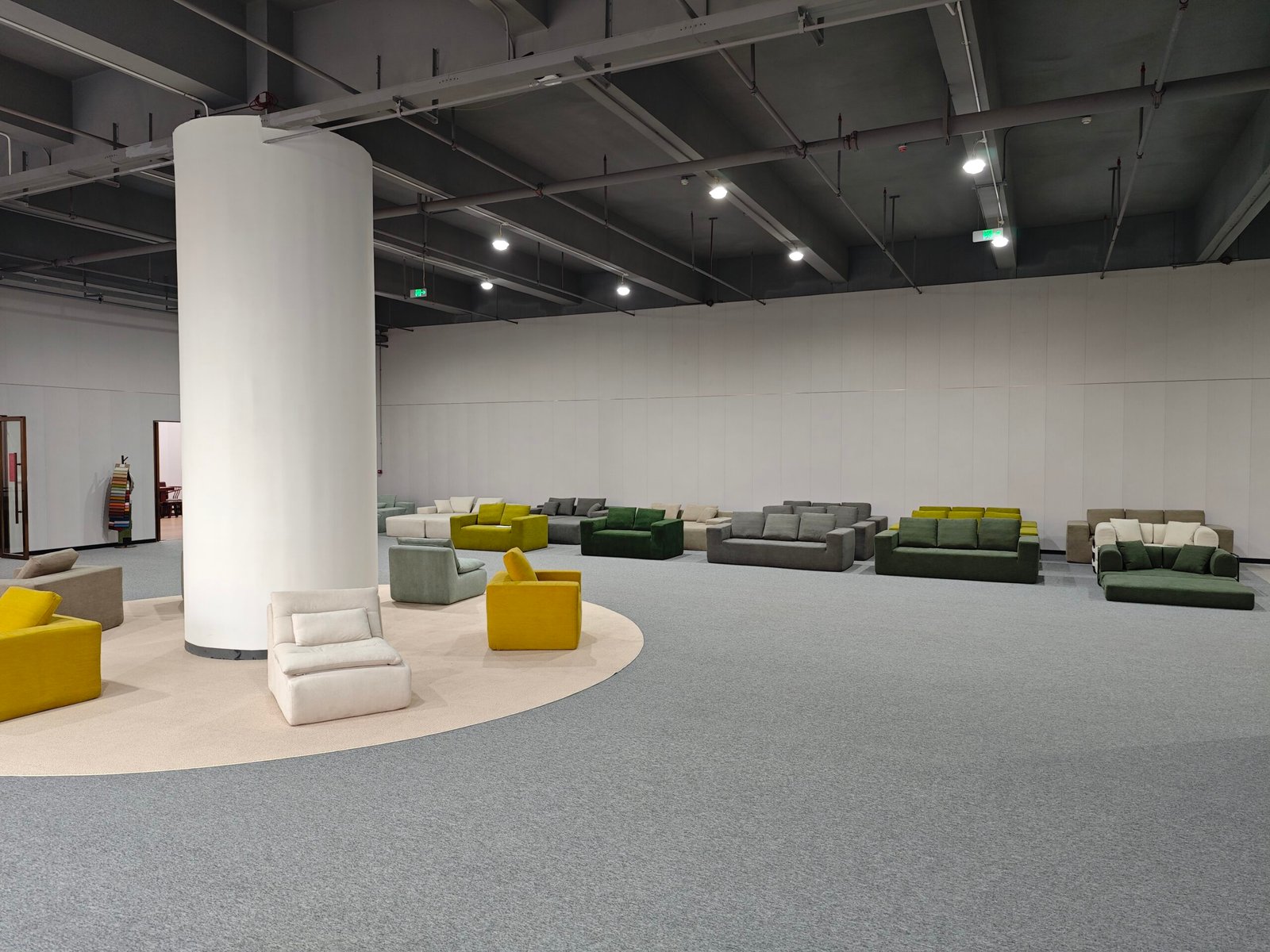
A sofa that ships in a box? Sounds impossible—until you see what today’s packaging innovation makes possible.
Compressed sofa suppliers are reinventing how we ship, store, and unbox furniture by using smarter, smaller, and more sustainable packaging solutions.
Packaging isn’t just a box—it’s the first customer experience. Here’s how the best in the industry are rethinking every layer.
Why Is Packaging So Important for Compressed Sofas?

Bad packaging can ruin good furniture. With compressed sofas, the stakes are even higher.
Good packaging protects the sofa, saves on shipping, and creates a smooth user experience from warehouse to living room.
Traditional sofa packaging is large and fragile. Compressed sofa suppliers have to balance protection, compression, and consumer usability—all inside a box that may be carried by a single person.
What Are the Biggest Challenges in Packaging Compressed Sofas?

Innovating in packaging isn’t just about making things smaller. It’s about solving problems at every step.
Common Pain Points:
| Challenge | Why It Matters |
|---|---|
| Structural integrity | Compressing foam or parts without damage |
| Transit protection | Long journeys, tight spaces, rough handling |
| Easy unboxing | Customers want quick setup with no frustration |
| Sustainability | Less plastic, more recycling, lower emissions |
Suppliers that solve all four win the game.
What Materials Are Leading the Innovation?

Modern packaging needs to be strong, smart, and sustainable. Here's what suppliers are using now.
Material Innovations:
- High-strength corrugated cardboard: Layers of reinforcement protect corners and edges
- Vacuum-seal polybags: Used to reduce volume of foam cushions
- Biodegradable shrink wrap: Less plastic, better environmental profile
- Custom foam inserts: Strategically placed to protect pressure points during transit
Many suppliers now avoid single-use plastics entirely, replacing them with molded pulp or recyclable PE layers.
How Are Suppliers Making Packaging More Compact?
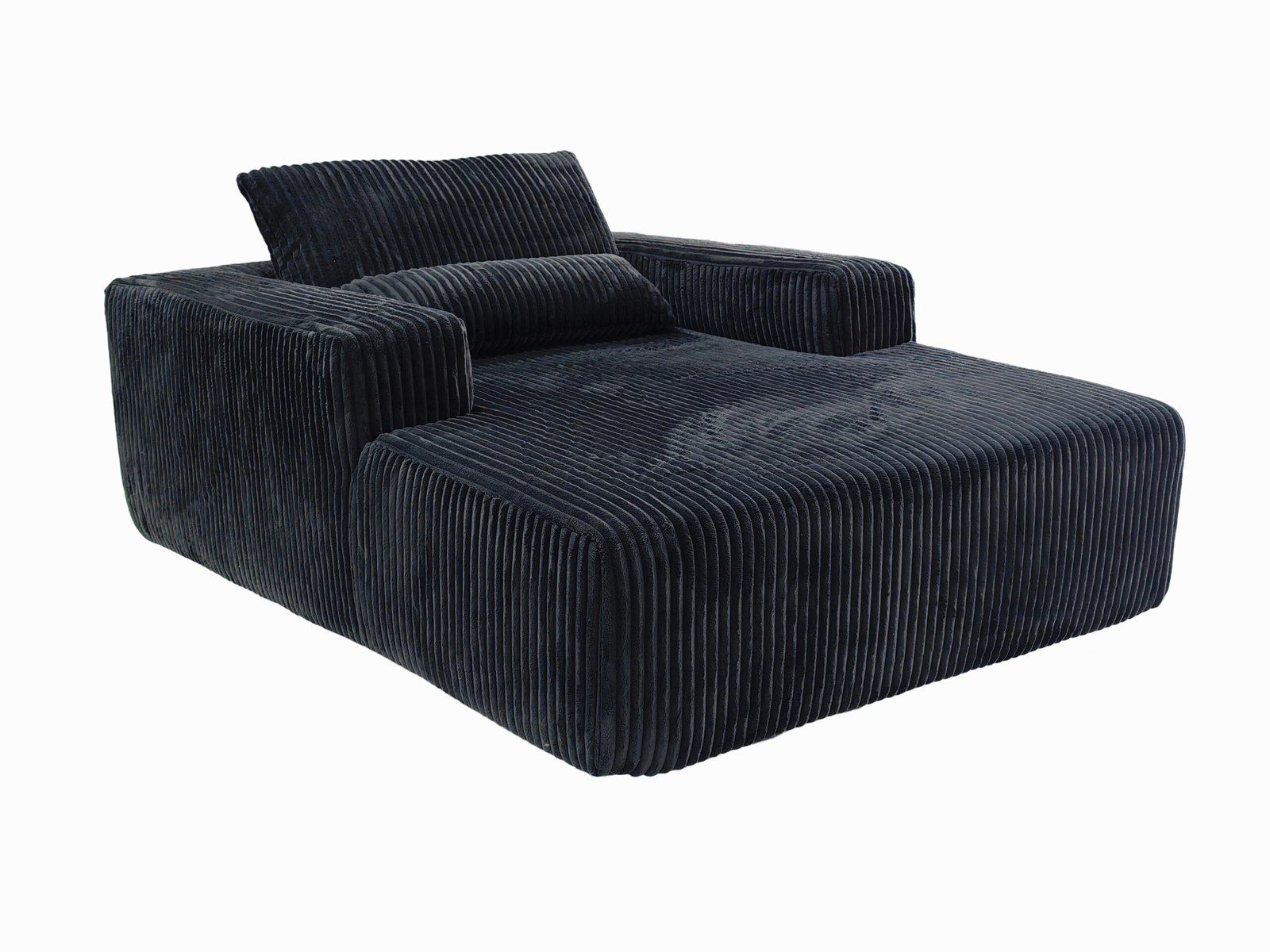
The goal: ship a three-seater sofa in a box that fits in an elevator. Here's how it’s done.
Key Tactics:
- Modular layout: Detachable arms, foldable backrests, base in two sections
- Flat-packing frames: Metal or wooden structures that collapse inward
- Vacuum-compressed foam: Cushions shrink to 30–50% of volume
- Nested parts: Smaller parts fit inside larger cavities (e.g., legs inside base)
These techniques allow one sofa to fit in a 120x60x40 cm box—a revolution for e-commerce and LTL freight.
How Is Sustainability Driving Packaging Choices?
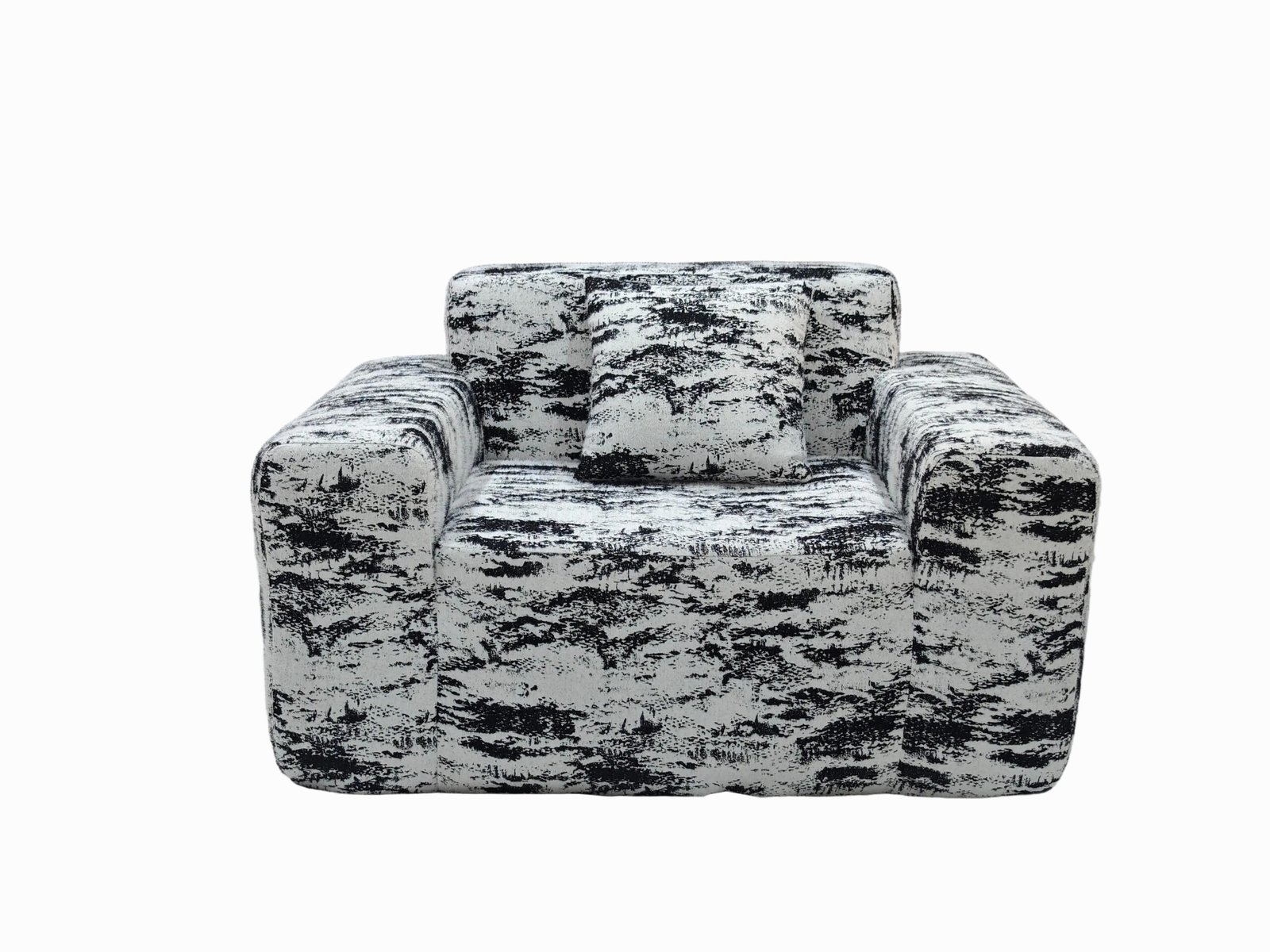
Today’s customers want eco-options. And suppliers are responding.
Sustainability is now a design requirement, not an afterthought.
Practices in Use:
- Recycled and recyclable materials
- Water-based inks on outer packaging
- Reduced box volume = fewer trucks and less fuel
- Paper-based tapes replacing plastic wraps
- Compostable air pillows for corner protection
Some suppliers also offer returnable packaging systems for wholesale or B2B clients.
What Makes Packaging Truly Consumer-Friendly?
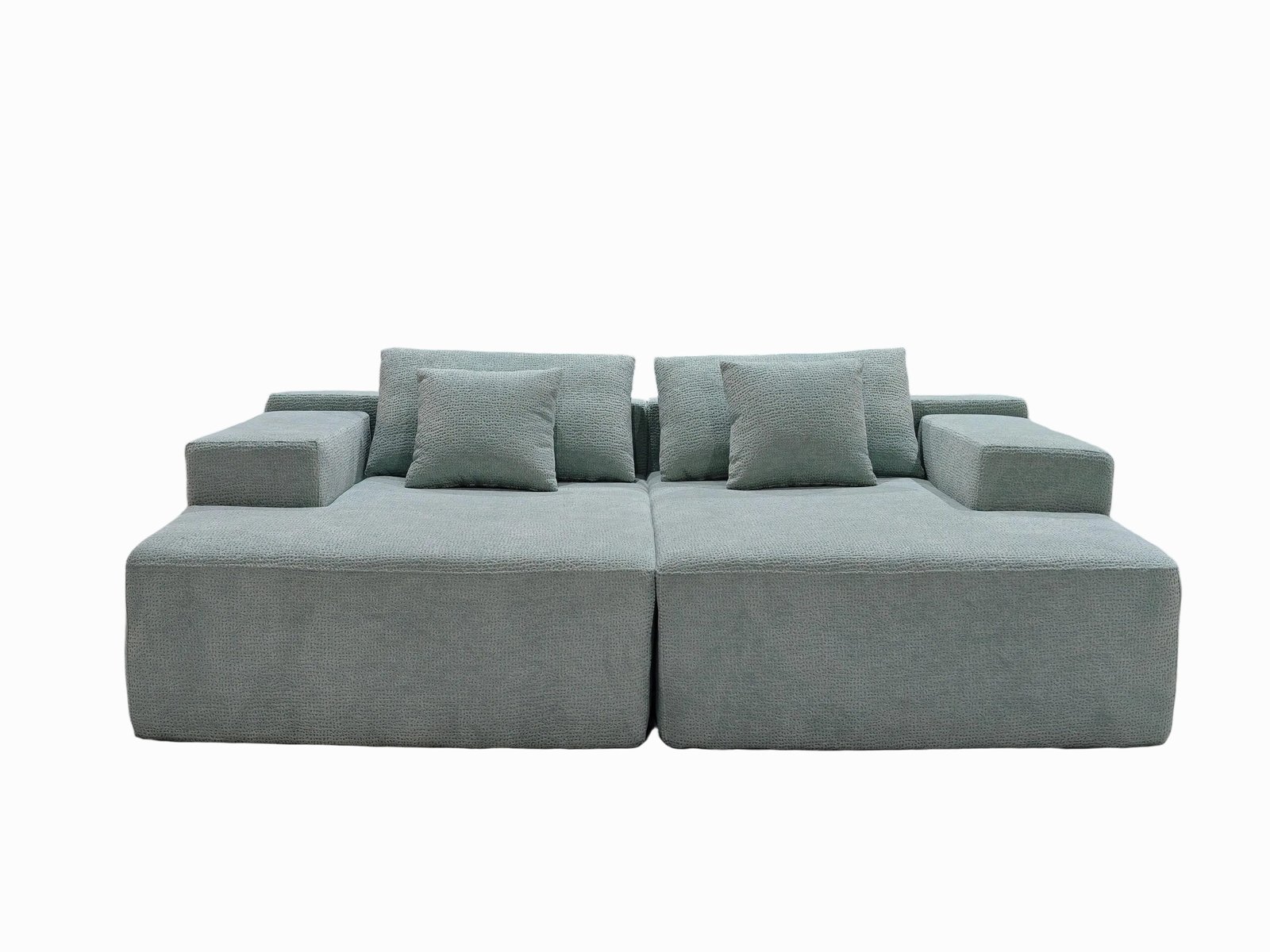
First impressions matter. Unboxing a sofa should be easy, not exhausting.
Customer-Focused Features:
- Tear-away strips (no box cutters needed)
- Color-coded assembly parts
- QR code manuals and video walkthroughs
- Pre-installed brackets and snap-fit joints
- One-box delivery (vs. 2–3 packages to track)
These details lower return rates, boost reviews, and turn first-time buyers into repeat customers.
Which Technologies Are Changing the Game?
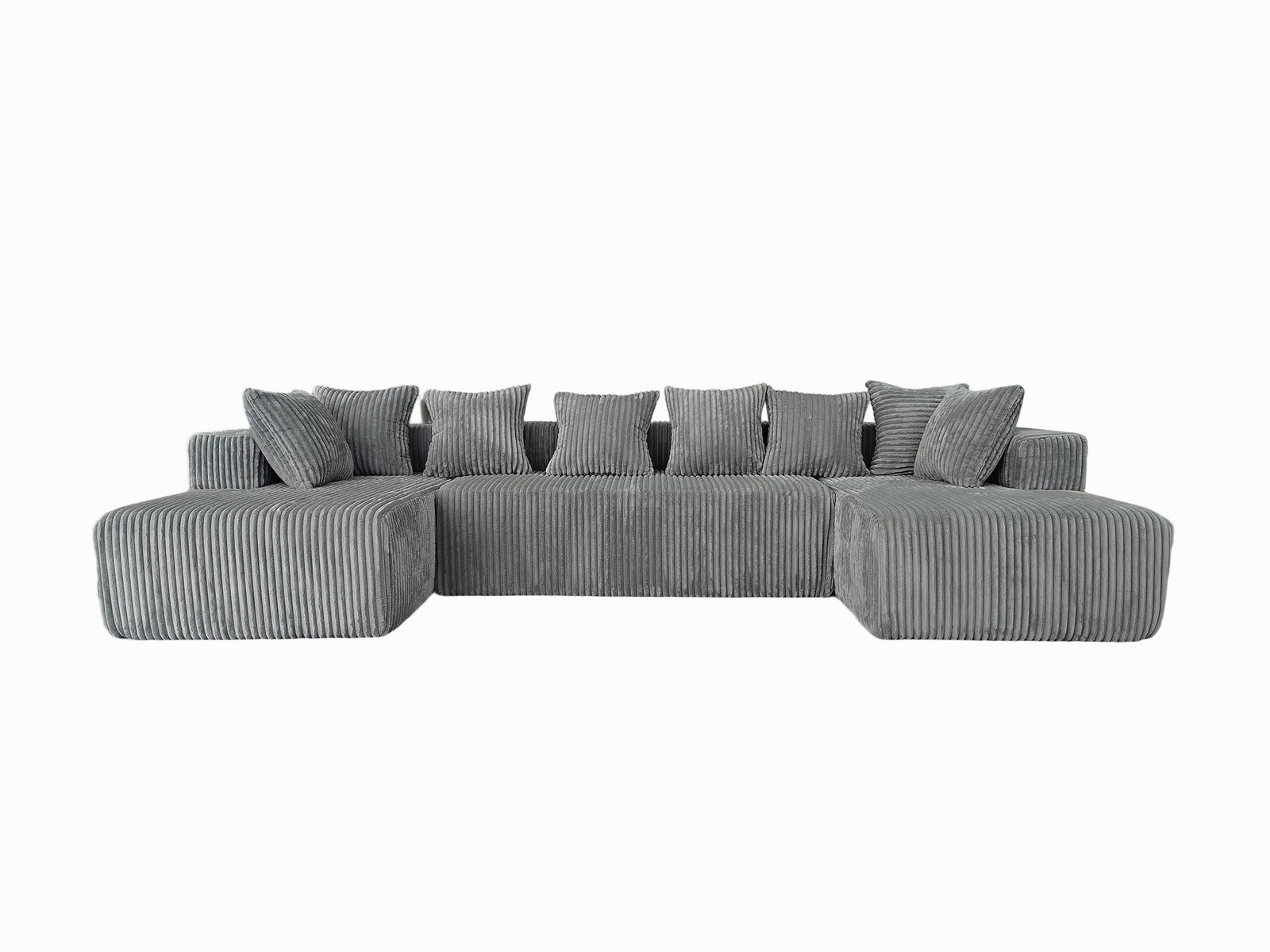
Innovation isn’t just physical—it’s digital too.
Packaging Tech Trends:
- 3D CAD simulations: To test box loads and internal layouts
- IoT package tracking: Sensors for temperature or shock during transit
- Augmented reality assembly: Scan a QR, get a 3D guide on your phone
- Digital printing on boxes: Personalized branding, instructions, or QR links
These technologies speed up development, cut costs, and make packaging smarter.
Who's Doing It Right?
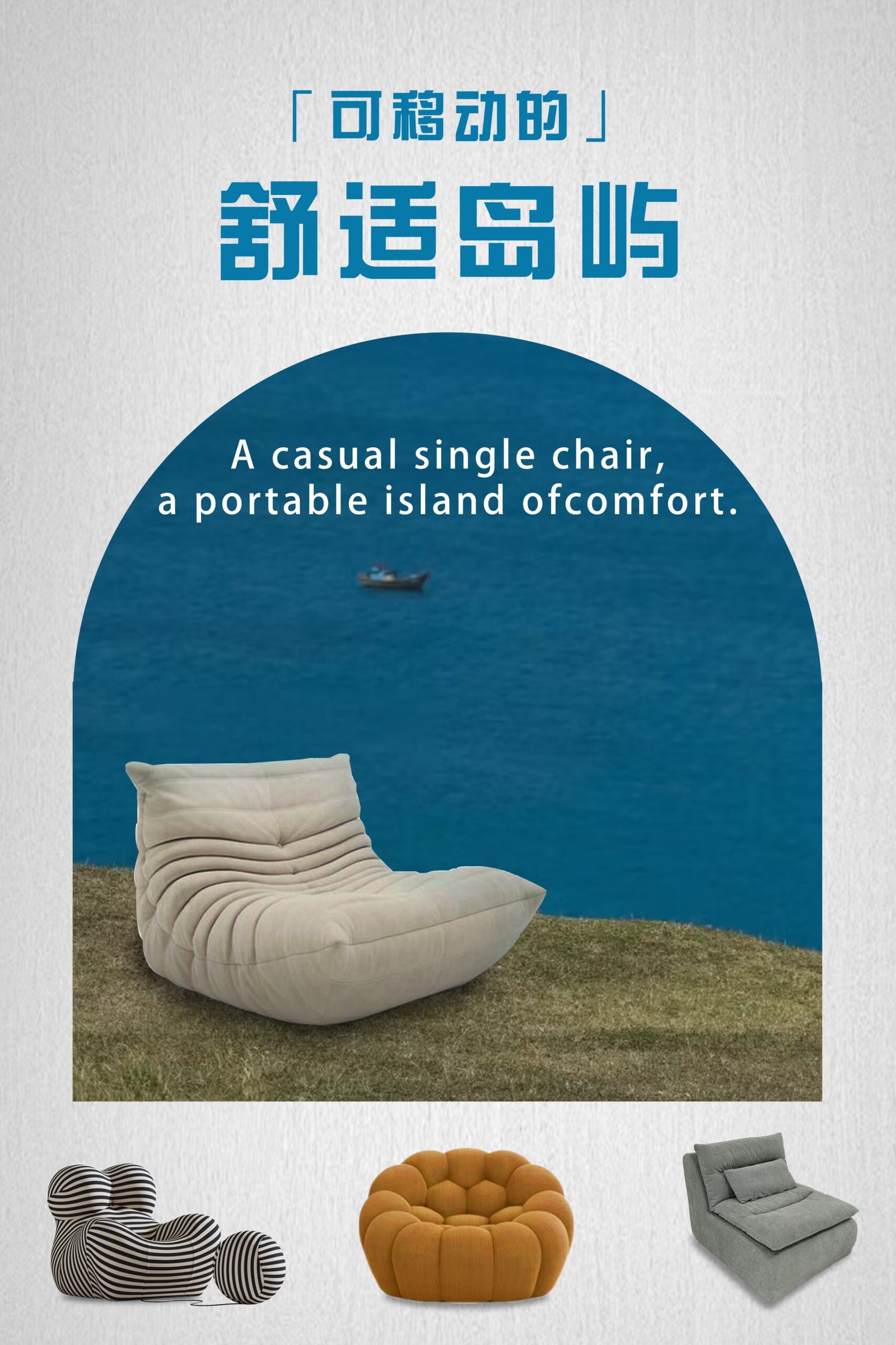
Let’s look at an example:
Case: UrbanLivingSofa Co.
- Reduced packaging volume by 38% via vacuum-sealing foam and folding frames
- Switched to all-paper-based materials, eliminating 2 tons of plastic/year
- Added quick-lock brackets to reduce assembly time by 70%
- Result: 40% fewer delivery-related returns and a 4.8-star average review on Amazon
That’s the power of packaging innovation in action.
Conclusion
Compressed sofa suppliers are no longer just making furniture—they’re designing entire delivery and unboxing experiences. With smarter materials, more compact designs, and a focus on sustainability, packaging innovation is now a core part of product development. And the best suppliers know: a great sofa starts with a great box.